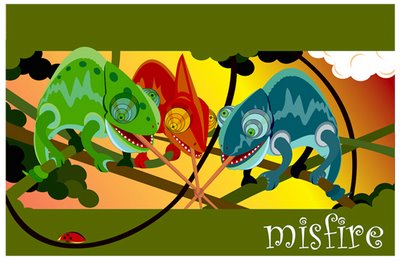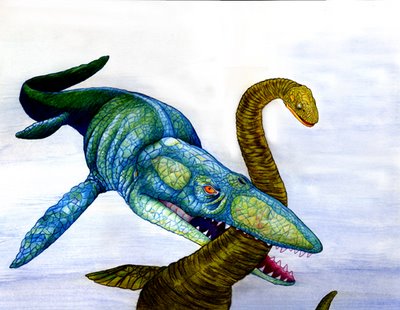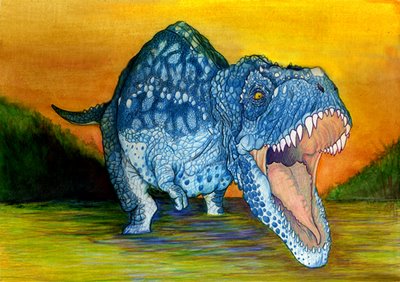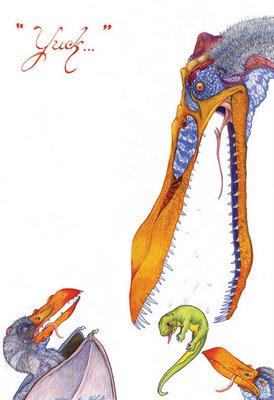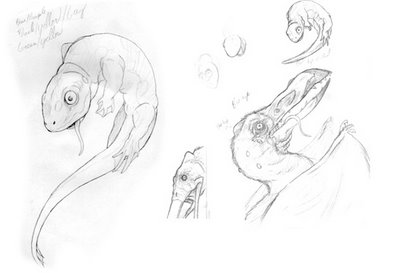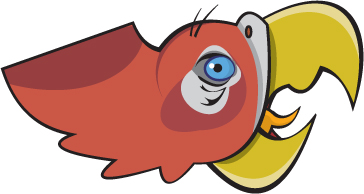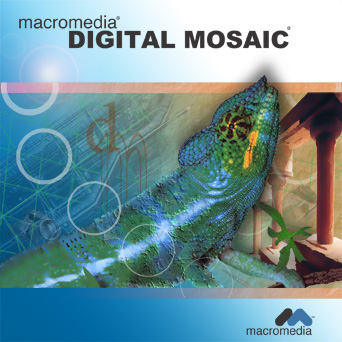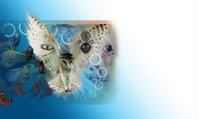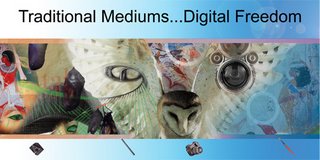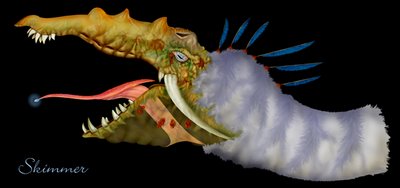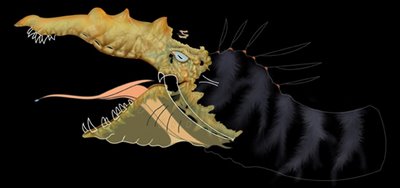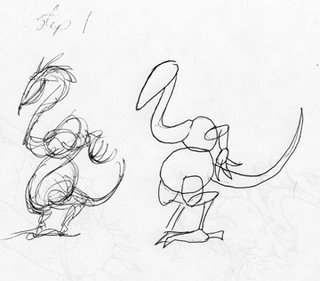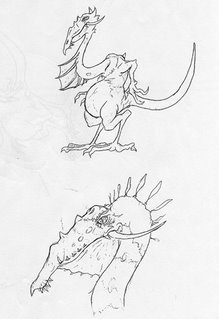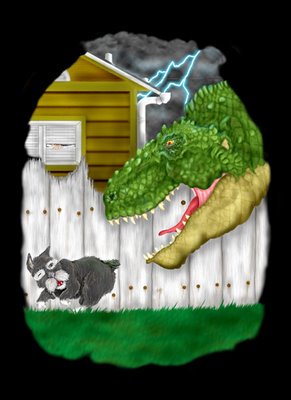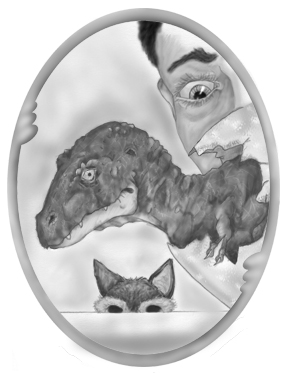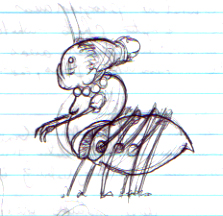
The artistic mind...left brain/right brain mass of confusion...When the artistic mind has to sit down and 'listen' for extended periods of time we tend to shut down quicker than most people. But we have a secret weapon...we can DRAW!!! And by drawing we are able to activate both sides of our brain and actually pay BETTER attention than most...(WARNING: you may be called to prove this and it can make or break your case...if you are in class and a teacher asks a question you should be able to know accurately what is going on...same thing with meetings in the real world...and if you tend to daydream and get lost in your doodles and get asked a pointed question resulting in you falling out of your seat and saying 'huh?'...well, sorry but you best be using your drawing utensils for taking accurate notes...) And be careful if you have non-artistic neighbors sitting beside you...their snickers can get you on the hot seat so try to be somewhat discreet so as not to appear rude...
It may take some explaining and proof at first but give it a whirl and see which camp you fall in...and again...SAVE YOUR DOODLES SOMEWHERE SOMEHOW!!! You never know when something might come in handy (see my other blog Unmasked where the horse worked out!)
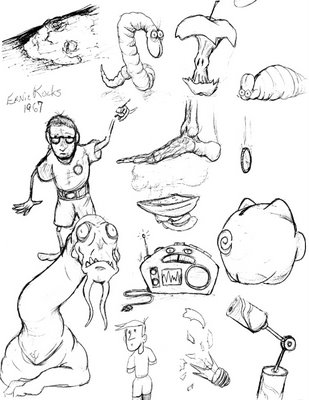
Sketches done during an Education class last spring...the topic for the evening...we discussed administration's role with regards to teachers in the classroom...Varied items including one of my coworkers that had a mullet back in the day and went to school where I teach...and he probably hadn't even been born in 67 but it seemed funny at the time...

Last fall a speaker squeaked a 45 minute presentation into 3 hours...the holder of knowledge of all things fire extinguishers...

Education class talking about cameras in schools...reminded me of my favorite big box store and a guy I used to know that regulated safety/security at one...I just kept getting goofier and goofier as I drew trying to capture the greeter of the future...





